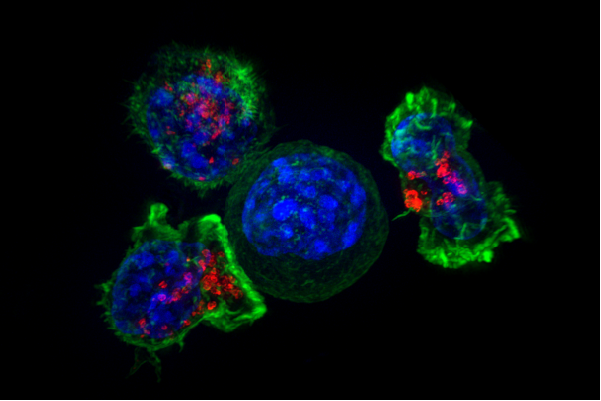Study highlights more effective and safe way to deliver chemotherapy


A new study, led by the University of Glasgow and published in The Lancet, has compared the three main ways anticancer treatment is given to patients when administered via a central vein.
Hickman-type tunneled catheters (Hickman), peripherally inserted central catheters (PICCs), and totally implanted ports (PORTs) are used to deliver systemic anticancer treatment (SACT) via a central vein. The researchers compared complication rates and costs of these three devices to establish acceptability, clinical effectiveness, and cost effectiveness of the devices for patients receiving this kind of treatment.
The study found that for most patients receiving SACT, PORTs are more effective and safer than both Hickman and PICCs. The authors say their findings suggest that most patients receiving SACT for solid tumors should receive a PORT within the UK National Health Service.
Prof Jonathan Moss, honorary professor at the Institute of Cancer Sciences, said: “Our CAVA trial compared three different devices for delivering chemotherapy for patients with cancer. This is important because delivery of chemotherapy needs to be effective and safe. Our study found that PORTs, which are the least frequently used and the most expensive, turned out to be the most effective from both an efficacy, safety and costing perspective when compared with the other two (PICC line and Hickman line).
“We believe oncology practice needs to change, offering many more patients PORTs as the preferred device of choice. Service delivery will need to also change to ensure PORTs can be delivered in a timeously manner.”
Source: Read Full Article




